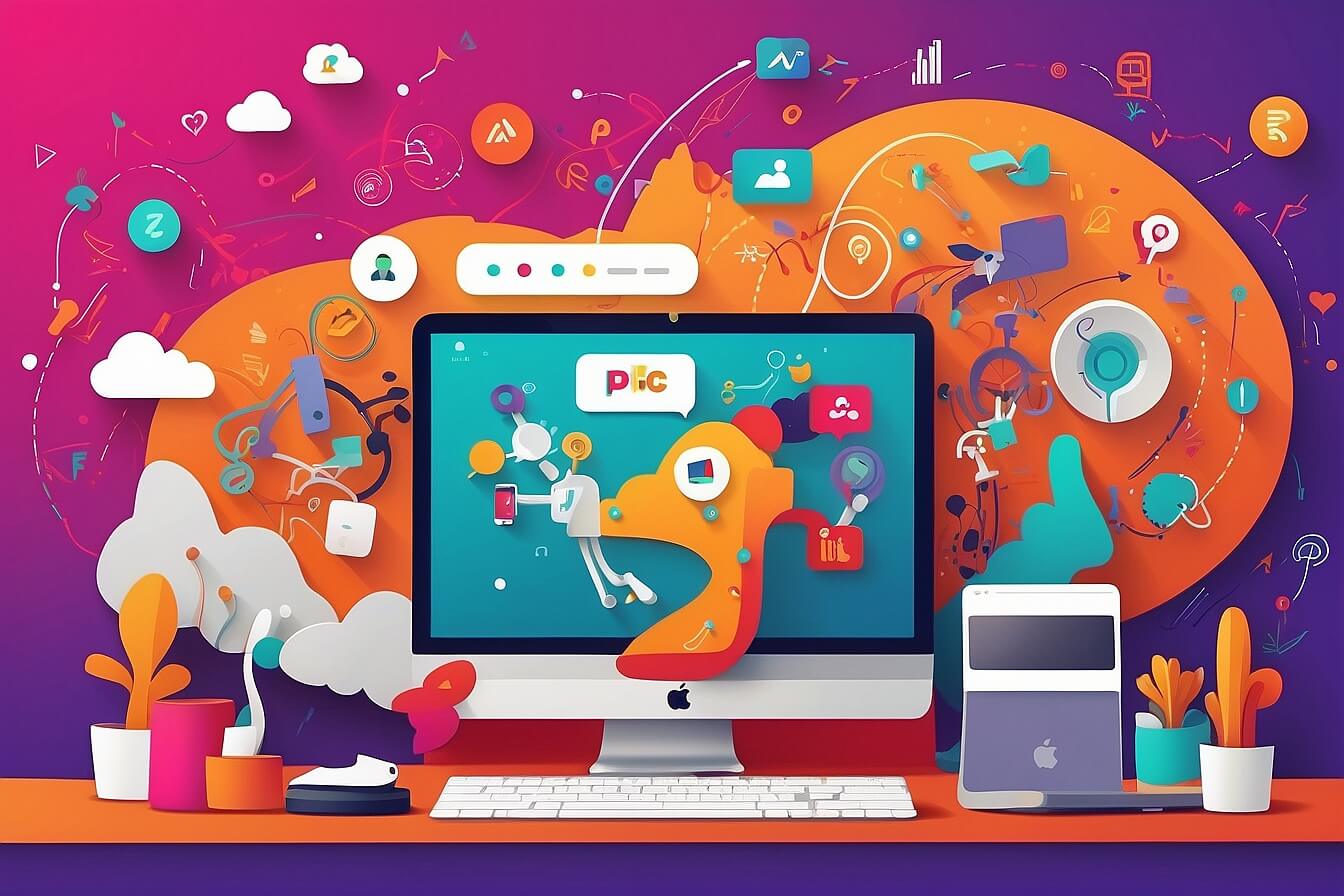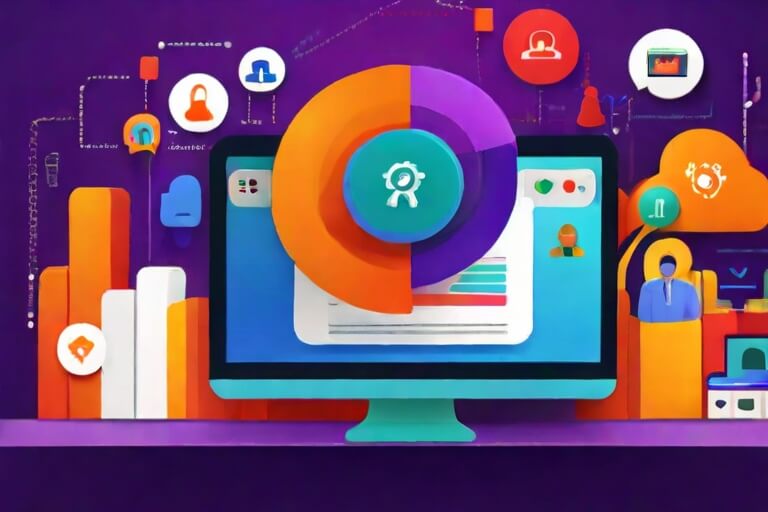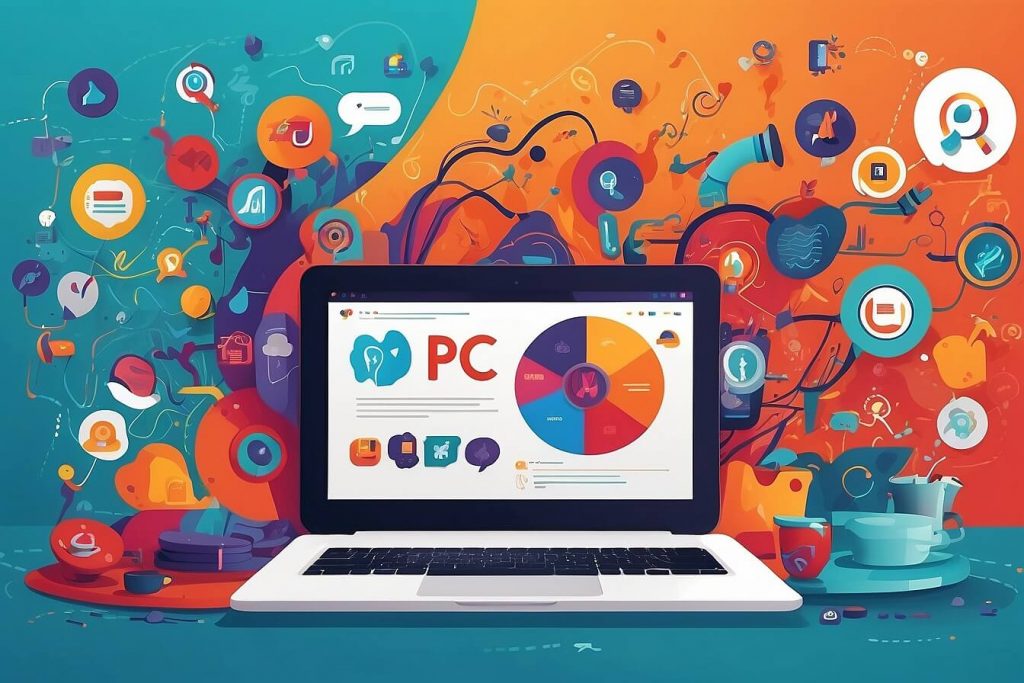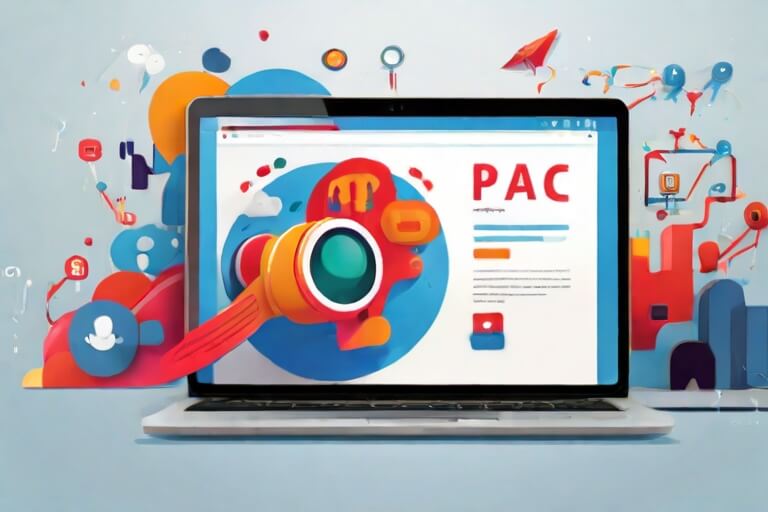AI-Based Ad Scheduling: Optimizing for Peak Conversion Times

In the fast-paced world of online advertising, timing is everything. Whether you’re a digital marketer or a business owner, understanding the importance of ad scheduling is paramount to maximizing conversion rates. By strategically planning when your ads are displayed, you can ensure that they reach your target audience at the right time, increasing the likelihood of capturing their attention and driving them to take action.
Effective ad scheduling goes beyond simply choosing when your ads run; it involves capturing the attention of your audience during their peak conversion times. This requires a deep understanding of your target market and their behaviors, as well as the ability to analyze data and insights to identify the most opportune moments to display your ads. By leveraging advanced AI technology and employing tools and strategies to identify these peak conversion times, you can tailor your ad schedule to align with your audience’s preferences and boost your chances of converting leads into customers.



